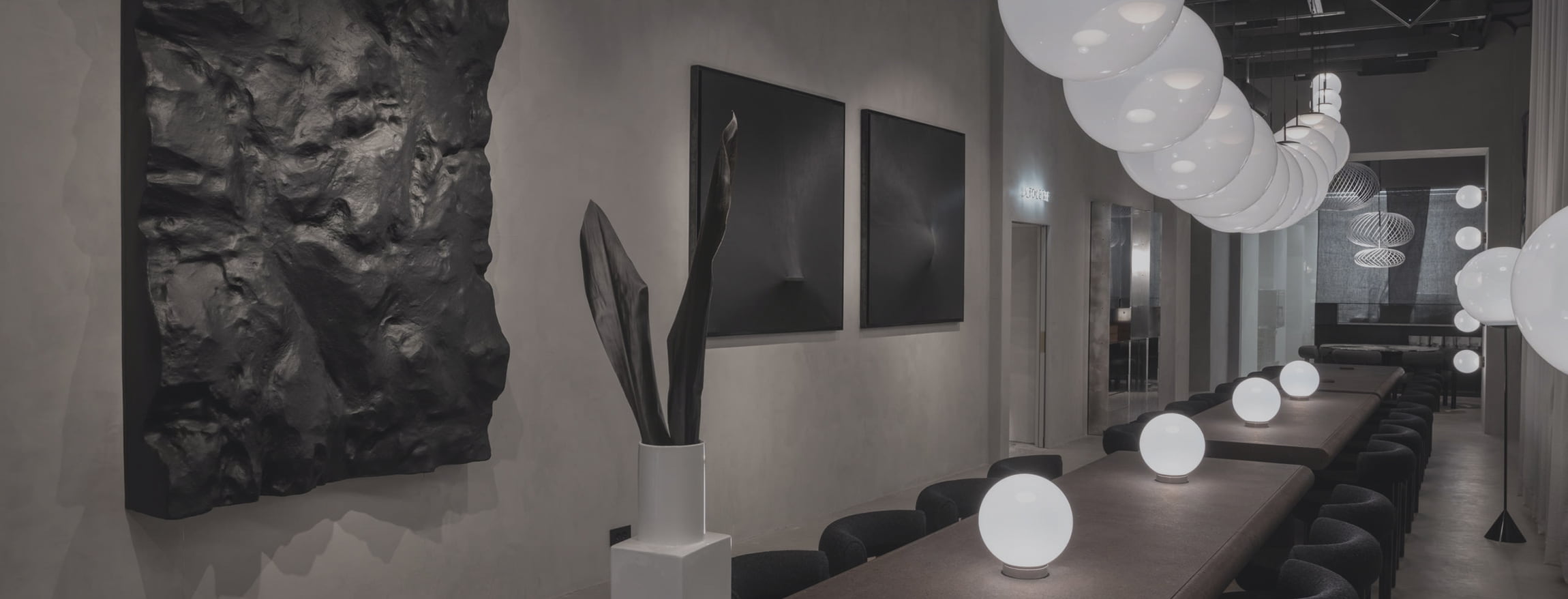Lighting design – the importance of interior design
Light plays a key role in our perception of reality. And that’s why lighting plays a key role in how we act in space. In the design of an environment, it has an importance – if not even greater – than that of furnishings, whether it is a private home or a public space such as the headquarters of the Feltrinelli Foundation of Milan .
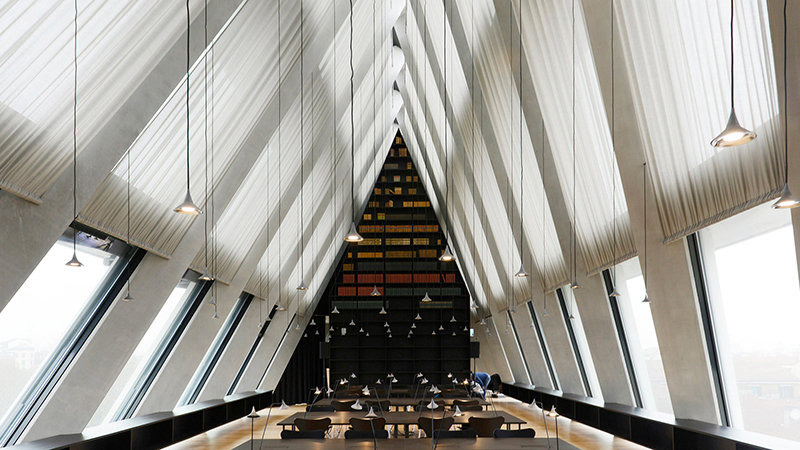
Artificial light becomes an intangible element, which modifies the relationship with the objects that surround us. Therefore, if studied wisely, light has the power to enhance and highlight spaces, as well as architectural or furnishing elements.
The use of lights is, in short, a challenge that is anything but simple. Professional lighting engineering is in fact responsible for creating lighting systems designed ad hoc according to different needs. An interior design project therefore starts with careful planning, in order to experiment and make the best choices within the vast world of lighting design.

In the delicate design phase, the design of the spaces is combined with the study carried out by the lighting designers , in order to create special atmospheres. Meticulously, the inter-relationship between artificial light and natural light is analyzed, as an extremely changeable element. Only in this way it is possible to determine in a weighted way the type of light sources to be used, but also the amount of light, the hue and the direction in which the light beams will be oriented.
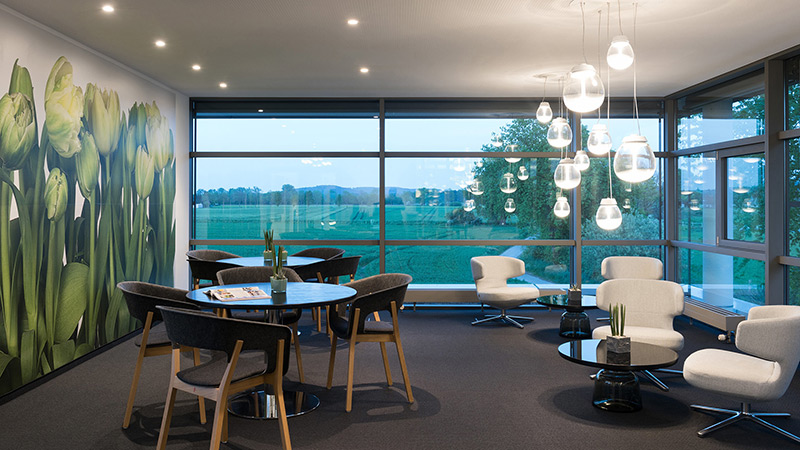
By choosing the most appropriate distribution of light sources within the space, it is possible to adapt the light to the countless possible applications. Luminous cuts can thus radiate along the ceiling, enhancing the height of the spaces; light beams will enhance architectural details, textures or cladding materials.
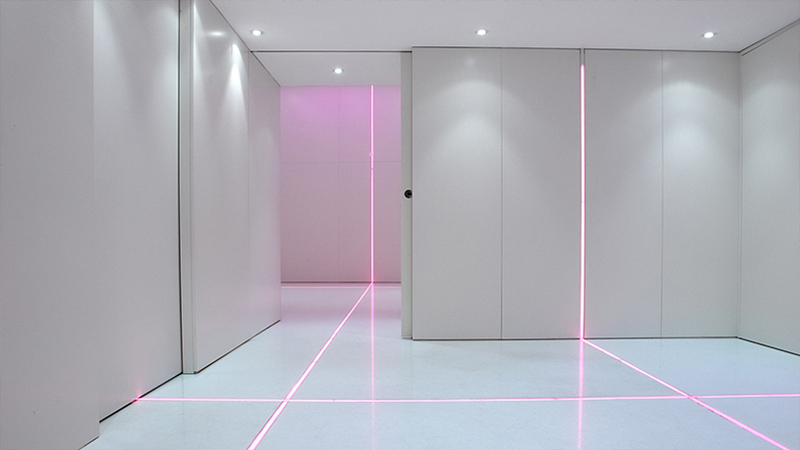
Exemplary is the case of Palazzo Butera , brought to new life thanks to the visionary project of Francesca and Massimo Valsecchi . In search of a light that enhances its architectural beauty, the use of luminous bodies Artemide has allowed us to enhance both the historicity of the ancient building, both of the museum route.
The intended use of the space and the characteristics of the environment therefore influence the design choices, allowing ad hoc intervention in every single space. With simplicity, but always with extreme precision, lighting design adds value to the space itself, thanks to a light that combines aesthetic taste and functionality. Ultimately, a light that is emotional.
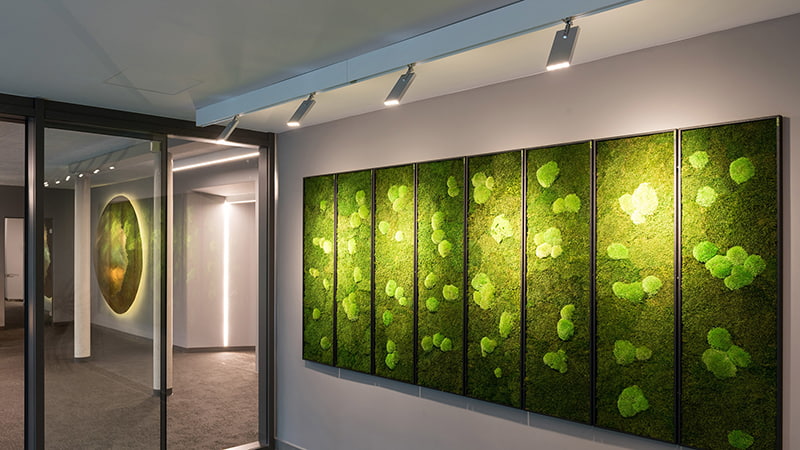
TRJ is an agent for some of the most important companies in the sector, ideal partners for lighting design projects. Artemide , Kartell , Tom Dixon , TOOY offer original and highly distinctive innovative solutions.
The lighting project is integrated into the architecture: a homogeneous lighting is often accompanied by a sophisticated scenographic light, which enriches the environment and coexists with natural light . In short, satisfying aesthetic needs and functional needs.
